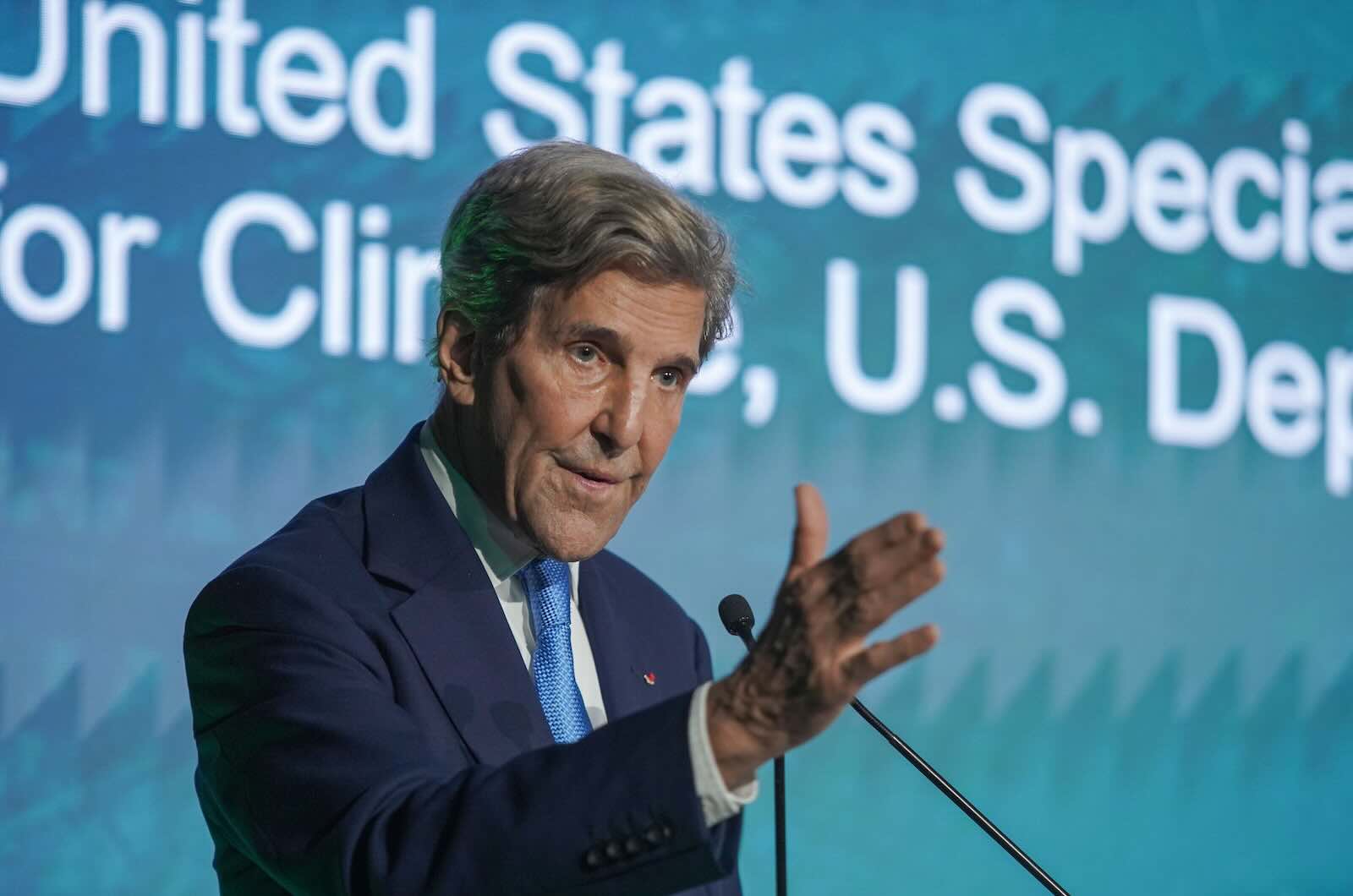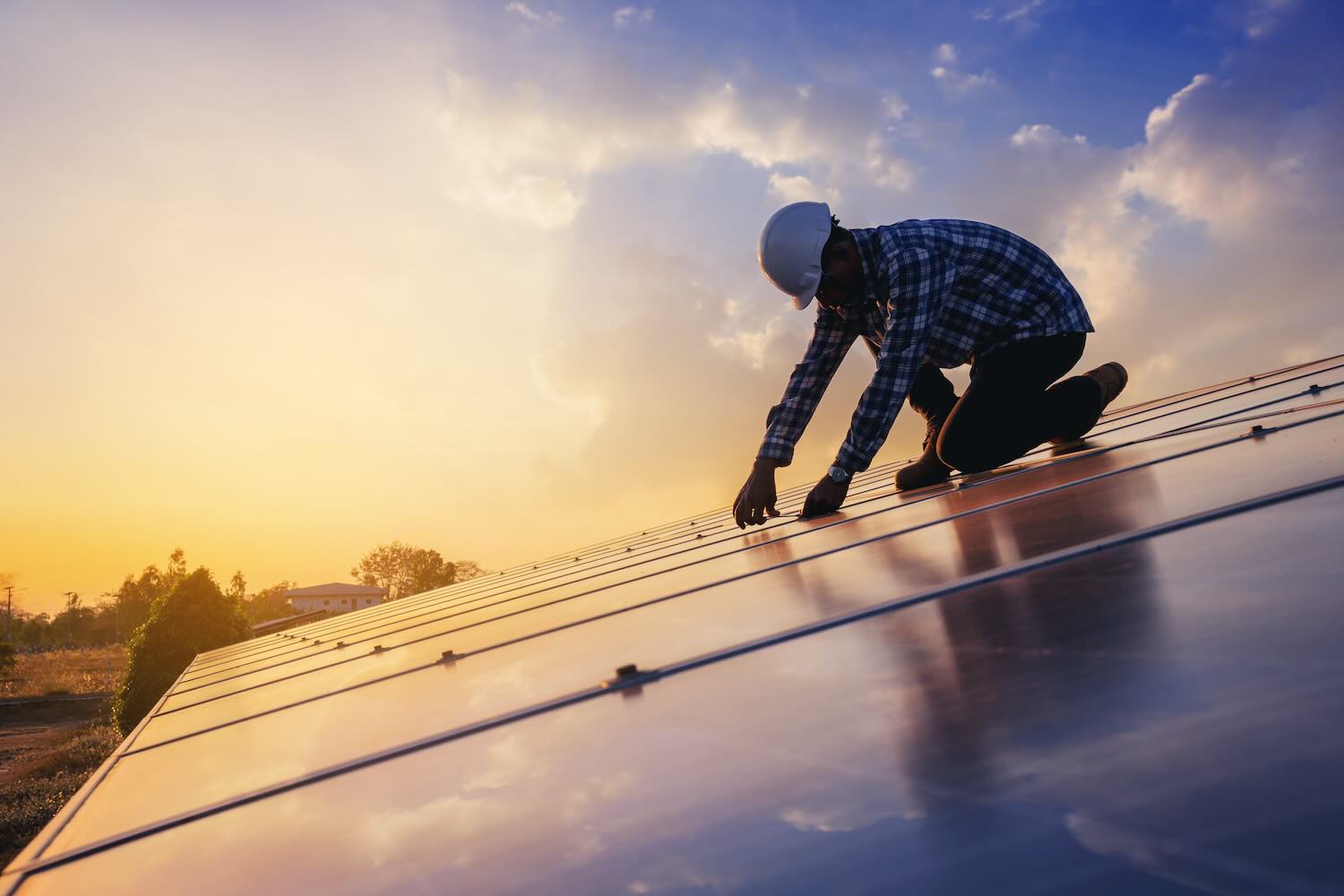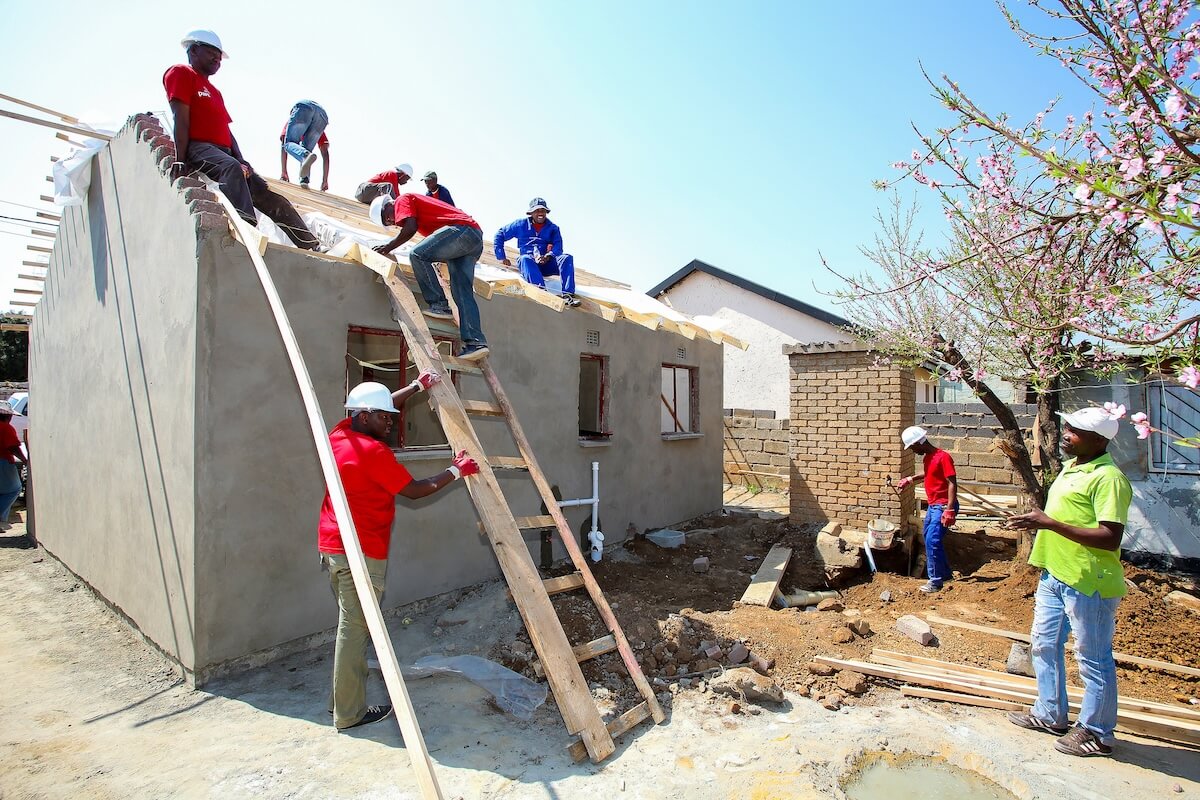ImpactAlpha, Nov. 7 – No one has been expecting much from this year’s COP27 climate summit.
Not the island nations and African countries pleading for climate funds. Not the climate activists who will be kept safely away from the conference venue. Not the bankers who are backpedaling on pledges to phase out oil and gas financing.
And not many leaders of developed economies, who are focused on domestic politics, inflation and energy security.
Yet, as the 27th “Conference of the Parties” kicked off in Sharm el-Sheik this weekend, a breakthrough came on one of the thorniest issues facing global leaders: loss and damages.
The term refers to the responsibility of developed economies to help less developed nations pay for damages from droughts, floods and other climate-related impacts they had little hand in creating.
After talks that stretched into the wee hours, negotiators officially added loss and damages as part of the formal COP agenda for the first time. That clears the way for debate on the demands of less developed nations for a dedicated financing facility to compensate them for climate-related damages, above and beyond funds promised to help them mitigate and adapt to climate change.
“This is game-on for agreeing [on] the loss and damage finance facility so urgently needed to support climate justice for developing countries,” said Yeb Saño, who is leading Greenpeace’s COP27 delegation.
“Governments of richer nations have dragged their feet on this issue for far too long, but are now under growing pressure to pay their fair share for a crisis they are most responsible for causing.”
Unfinished agenda
The breakthrough is a bright note as COP27 gets underway in the Egyptian resort town amid geopolitical tensions and a cascading series of crises. “This is a complicated COP at a complicated time,” Rachel Kyte of the Fletcher School told ImpactAlpha.
Over the next two weeks, world leaders and climate negotiators from 200 countries will focus on implementing agreements that were hammered out last year in Glasgow at COP26. Key issues on the agenda include stepping up country-level “nationally determined contributions” to reduce emissions, mobilizing capital for mitigation and adaptation – and plans to make good on unmet promises by developed countries to channel $100 billion a year to lower-income countries.
Here are some developments to watch:
Reducing methane
At last year’s COP, more than 120 nations signed onto a Global Methane Pledge to cut man-made methane by 30% of 2020 levels by the end of the decade. The pledge was short on details.
“We need something ambitious to more effectively roadmap and resource the reduction of methane,” said FullCycle’s Stephan Nicoleau, who is part of a government and private sector coalition pushing a Global Methane Pledge 2.0.
Methane, a short-lived greenhouse gas, is 80 times more potent than CO2 when it comes to warming the atmosphere, so reducing it can have a tangible impact. Coal, oil and gas operations emitted about 138 million tons of methane last year. Just 30 companies, including many state-owned producers, are responsible for almost half of those emissions, according to Global Energy Monitor.
Protecting forests
Financial commitments to the LEAF Coalition, a public-private coalition formed at COP26 to mobilize $1 billion towards ending tropical deforestation, have risen to $1.5 billion. Led by the U.S., U.K. and Norwegian governments along with corporations including Amazon and Salesforce, and managed by Emergent, the coalition pools funds to pay countries and states to keep their forests intact.
Ecuador is the first country to agree to a binding “emissions reduction purchase agreement” with the group, which it says will be signed by April. That will enable Ecuador, one of the world’s most biodiverse regions, to receive results-based payments for forest carbon credits from LEAF Coalition members.
The country is already working with stakeholders and indigenous communities “to create a roadmap towards a benefit-sharing plan that will reward the people who protect our precious forests, and support sustainable economic development,” said Gustavo Manrique, Ecuador’s minister of the environment, water and ecological transition.
Adaptation
The vast majority of global climate finance has gone to efforts to reduce emissions. At COP26, world leaders pledged to double funding for adaptation, to about $40 billion a year by 2025. Even that is insufficient: adaptation needs in emerging markets could reach $340 billion a year by 2030, according to the UN.
Private capital is starting to flow into adaptation. The Lightsmith Climate Resilience fund raised an initial $186 million to invest in water management, resilient food systems, agricultural and supply chain analytics, satellites and sensors, and catastrophe risk modeling. Bill Gates’ Breakthrough Energy last month said it will expand its focus on decarbonization to include adaptation.
One initiative being proposed at COP27 is the buildout of a universal early warning system within five years, at a cost of just over $3 billion. Half of countries globally do not have early warning systems, putting their citizens at risk as climate calamities increase. “We must invest equally in adaptation and resilience,” said the U.N.’s António Guterres, who is proposing the system. “That includes the information that allows us to anticipate storms, heatwaves, floods and droughts.”
Alliances
Brazil’s newly elected leader, Luiz Inácio Lula da Silva, known as Lula, is assembling a coalition of rainforest nations including Brazil, Indonesia and Democratic Republic of the Congo to better attract global funding to safeguard forests. Lula’s win has restarted funding partnerships with countries such as Norway.
Barbados’ Mia Mottley has urged Caribbean and African nations to support each other’s efforts to build resilience.
At COP27, the U.N.’s Guterres called for a “Climate Solidarity Pact” between developed and emerging economies to speed climate action and funding and end dependence on fossil fuels. “It is either a Climate Solidarity Pact – or a Collective Suicide Pact,” he said.
Loss and damages
Developed nations that built prosperous economies powered by fossil fuels have been reluctant to tackle the loss and damages issue, for fear that it could open them up to massive liabilities. The carefully worded language focuses on “cooperation and facilitation” rather than “liability or compensation,” according to Bloomberg, which reported the breakthrough over the weekend.
“Compensation has all kinds of loaded implications,” U.S. climate envoy John Kerry told the Council on Foreign Relations last month.
Climate change is increasing the frequency and severity of storms, flooding and droughts around the globe, outstripping the ability of lower income countries to recover and adapt. Severe flooding in Pakistan this summer killed some 1,700 people, washed away two million homes and caused an estimated $40 billion damage. Nigeria’s worst floods in a decade have displaced 1.3 million people.
More than three billion people globally, and especially the poor, are “highly vulnerable” to climate change, according to the U.N. Intergovernmental Panel on Climate Change.
The loss and damages issue will be debated at COP over the next two weeks. A decision on how to proceed is expected by 2024. Developed nations have yet to make good on a years-old promise to channel $100 billion a year to low-income countries to address climate change.
The adoption of loss and damages creates “an institutionally stable space on the formal agenda” for the first time to address loss and damages, and reflects “a sense of solidarity for the victims of climate disasters,” COP27 president Sameh Shoukry told the opening plenary.
Only Denmark and Scotland have set aside funds to provide compensation for loss and damages.
Creative finance
How to pay for the trillions needed to mitigate climate change, adapt to its increasing risks and pay for the destruction it is causing is the central question hanging over COP27. A war in Ukraine, energy security and a looming recession are making developed countries extra skittish when it comes to doling out funds.
Creative solutions are needed. On the table: reforming the World Bank, IMF and multilateral development banks, and using carbon credits to help shoulder the costs of transitioning emerging markets from fossil fuels.
And as fossil fuel profits have soared amid a global energy crisis, calls are growing to tax some of the windfall profits to fund climate action and compensation.
“Let’s redirect the money to people struggling with rising food and energy prices and to countries suffering loss and damage caused by the climate crisis,” said Guterres, one of the voices calling for a windfall tax.











